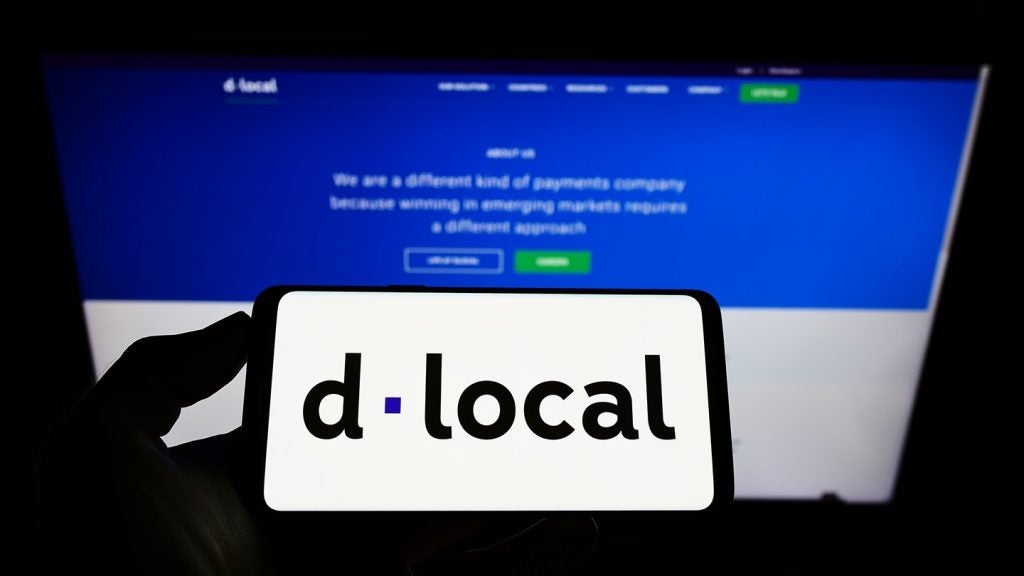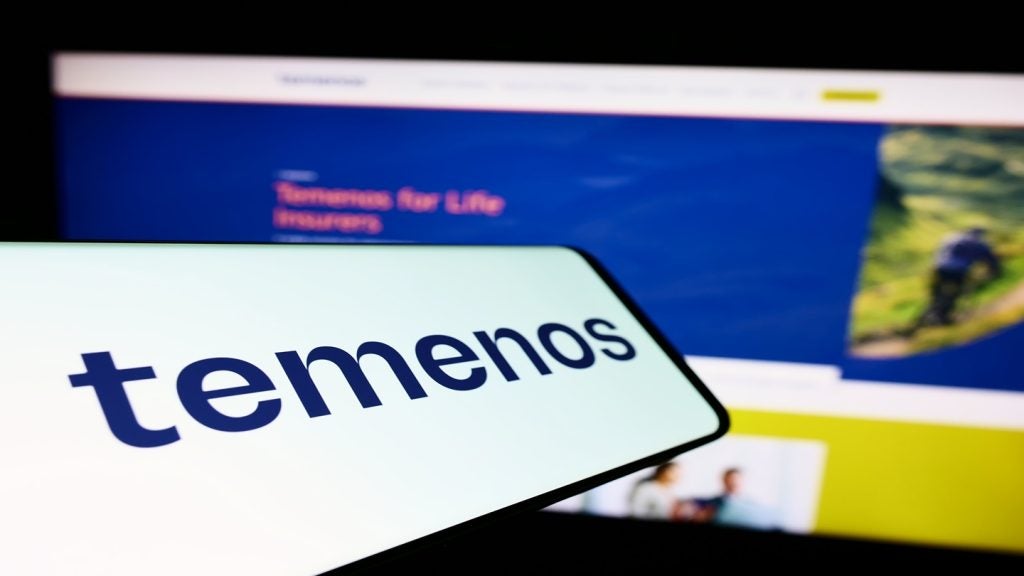The growing importance of remittances
is leading to payment networks widening the scope and range of
services on offer to tap into the demand for money transfers, and
is also a key factor in the networks wanting to drive up card
issuance and acceptance in previously underpenetrated markets.
Victoria Conroy
reports.
The multi-billion global remittance
opportunity is one that both Visa and MasterCard are desperate to
tap into. The Visa Money Transfer and MasterCard MoneySend
propositions are now trying to elbow out more established
cash-based competitors such as MoneyGram and Western Union by
touting the ease and flexibility of making card-based
remittances.
In late November, Visa Money Transfer extended
its reach by launching in China and the United Arab Emirates, two
of the world’s most active territories for international
remittances, adding to the 12 countries (Hong Kong; Georgia; India;
Indonesia; Kazakhstan; Malaysia; Russia; Singapore; Sweden;
Ukraine) that Visa Money Transfer is already available in.
Kelly Alpert, Visa Inc’s head of global money
transfer, told CI that money transfer is a “natural extension” of
Visa’s network capability, and an extension that can benefit all
industry stakeholders.
Simplifying the money transfer process for
both senders and recipients with solutions such as Visa Money
Transfer will help attract a greater number of users, according to
Alpert, who cites traditional money transfer procedures as being an
obstacle to growth. And network-based money transfers also remove
the problem that the unbanked have in that they need a bank account
to send and receive funds.
“If I wanted to send money to you in London, I
could probably do that from my bank and send money directly to your
bank. But it would require me to know your bank routing number,
your bank account number, the branch address where you opened up
the account, your name, address, and additional information that I
would need to know. There’s a laundry list of stuff you need to
know in order to make a bank transfer, particularly for
cross-border wire transfers,” Alpert said.
How well do you really know your competitors?
Access the most comprehensive Company Profiles on the market, powered by GlobalData. Save hours of research. Gain competitive edge.

Thank you!
Your download email will arrive shortly
Not ready to buy yet? Download a free sample
We are confident about the unique quality of our Company Profiles. However, we want you to make the most beneficial decision for your business, so we offer a free sample that you can download by submitting the below form
By GlobalData“Visa Money Transfer really simplifies that
whole process. If I wanted to send money to your Visa account, all
I would need to know is your name and your 16-digit Visa account
number. Our system is flexible enough to enable that initiation
through a variety of channels, so the financial institutions or the
sending institutions that offer Visa Money Transfer can enable
their customers to send money to another person’s Visa card. Maybe
they can offer it through their online banking channels, or an ATM,
through the bank’s branch network – but Visa Money Transfer is
flexible enough to support a number of initiation channels.”
Alpert told CI that the provision of Visa
Money Transfer will provide a good value proposition for someone
who may not have a bank account to get a Visa account, be it
credit, debit, or most likely prepaid in emerging markets, as a way
to securely and conveniently receive remittances.
“It’s about being able to take advantage of
and use the network participants that we already have and drive
additional value to those participants, meaning you now have
additional functionality with your Visa card. But also it’s
creating a compelling value proposition for consumers that may not
have a Visa account or even a bank account. It gives them a
compelling reason to get a Visa account as a convenient and secure
way to receive money transfer transactions,” she said.
And on the recipient side, there is no action
required from the participant in order to receive those funds.
“The recipient doesn’t need to do anything to
receive those funds, as that money goes directly into the
recipient’s Visa account, whether that’s a Visa credit, debit or
prepaid card,” Alpert told CI. “Security is also a big benefit,
certainly in some cross-border remittance markets. Let’s take
Mexico for example, which is obviously a very important corridor to
the US. Right now when a recipient goes to collect funds they
typically go to an agent location in Mexico, they have to stand in
line to collect the funds, and then they’re walking out of the
agent location with cash, which in Mexico is very dangerous. So
there’s a security element that we bring with Visa Money Transfer
because the recipient only needs their Visa card and doesn’t need
to go to an agent location and then walk around with cash. The
recipient can then access those funds anywhere they use their Visa
account today.”
Moving away from the traditional
model
But how do such services compare to
established money transfer service providers like Western Union,
which have the benefit of having hundreds of thousands of agent
locations across the world, whereas the payment networks are
hindered by a relative lack of electronic payment infrastructure
and card acceptance points, particularly in emerging markets?
“The key difference in what a traditional
money transfer provider offers and what Visa Money Transfer offers
is that with Visa Money Transfer, it’s an electronic transaction
and the recipient doesn’t need to do anything to collect funds as
the money goes directly into a Visa account,” Alpert said.
“Obviously with the likes of Western Union or
the traditional money transfer operators, the recipient is going to
an agent location and collecting cash. In some emerging markets
where Visa today doesn’t have a wide card acceptance or
distribution network, we do have some work to do to make Visa Money
Transfer relevant in those markets, and that is thinking about how
to get Visa cards into the hands of those very likely unbanked
recipients. That’s really where our co-ordination with our prepaid
platform comes into play and being able to deliver a Visa prepaid
account to that unbanked recipient as a way for them to receive
those funds.”
Visa is banking on the fact that accelerated
card issuance programmes will translate into increased merchant
acceptance, but Alpert accepts that it is going to be a marathon
rather than a sprint.
“As we get more cards into the market, the
value proposition for merchants to accept Visa products and to
accept electronic payment products goes up, so then merchant
acceptance should follow,” she said. “With Visa Money Transfer we
see great potential and we see the secular trends around the world
moving from cash to electronic forms of payment. That’s not going
to happen overnight but we believe that Visa is very well
positioned to take advantage of those secular trends and help drive
those trends of migration from cash to electronic forms of payment
and electronic forms of money transfer.”
To accommodate the provision of Visa Money
Transfer, the payment network has made some investments in its
infrastructure and the network ‘railroads’ that such transactions
will be routed on.
“There were additional pieces of information
that we needed to carry with that transaction that we don’t
typically carry with a purchase transaction, so there were some
investments in that railroad infrastructure,” Alpert told CI.
“We’ve also made available a Visa-managed service which is a set of
applications that sits on top of our railroad that makes it simpler
and more straightforward for a financial institution to offer a
Visa Money Transfer send programme.”
Growing global payment
volumes
And there is a wider strategic
objective in Visa’s sights. Already the world’s largest retail
payments network, Visa is intent on growing its share of global
payment volumes, and the trend of cash-to-card migration and the
importance of remittances to many national economies are converging
to produce what is a multi-billion dollar opportunity – and one
which may grow into a trillion-dollar one in years to come.
“Visa has historically been and continues to
be very focused on growing penetration of personal consumption
expenditure – all of the things that consumers spend money on. Visa
is working to grow our share of that,” Alpert said. “Money transfer
is really a whole other volume opportunity for us. The World Bank
sees family members sending money from one country to another as a
$400 billion per year market.”
However, it’s not just the cross-border
remittance market that Visa is looking to penetrate.
“The Visa Money Transfer capability can be
used to move money between individuals within countries,” Alpert
added. “If you add up that domestic opportunity globally, the
combined money transfer opportunity comes to $11 trillion dollars.
We see that as a really important opportunity for Visa to expand
the volume of transactions that our network is processing, but also
for our financial institution partners to participate in a more
meaningful way in those transfers.
“We see a very big opportunity on the domestic
side, particularly in more developing countries where we see
migration from rural areas to urban areas. Today we have 50
institutions that offer money transfer programmes and the majority
of those are domestic. The programmes that we just launched in
China are actually cross-border.”
Vikram Modi, head of money transfer in the
Asia-Pacific region for Visa, told CI: “What happens across
countries happens with probably a little less visibility within
countries. There are fairly big flows of people moving from smaller
towns in India, Indonesia and China, Russia as well. A lot of these
people are young professionals and earning money to support their
families, they’re almost classic remittance users in a domestic
context.
“The second trend that we see in a lot of
these economies is that there are a lot of small businesses, sole
proprietors – there’s an entrepreneurial surge if you like – and
they need to pay and be paid. Happily for us in these countries,
there is rapid growth of Visa debit, and what that enables us to do
is that as debit and prepaid cards enter into these segments, and
when you overlay on top of that an account-to-card or card-to-card
money transfer programme, it almost naturally fits in. Both in
Russia and in India we have a number of domestic money transfer
programmes offered through a plethora of channels – net banking,
ATMs and so on, including interactive voice response-based
services.”
For the time being, users will be able to use
mobile phones to initiate transfer instructions between accounts,
and not between phones themselves, but Visa is working on enhancing
the potential of mobile. And it is also keeping an eye on telecom
operators who are looking to enter this space.
“As per our announcement last February, we’re
working closely with the GSMA to deliver Visa Money Transfer
solutions and the Visa network capabilities to mobile network
operators that are offering money transfer programmes or money
transfer payment solutions,” Alpert said.
“We’ve seen a lot of mobile network operators
start to play in the money transfer space, and particularly in the
peer-to-peer space, and those mobile operators are essentially
developing and using their networks as a way to get into financial
services. While we believe those networks may work on a limited
scale, when those solutions start to ramp up, and those solutions
start to see a lot of volume and a lot of transactions, we have the
experience that we can bring and the capacity that we can bring to
those types of solutions.”










